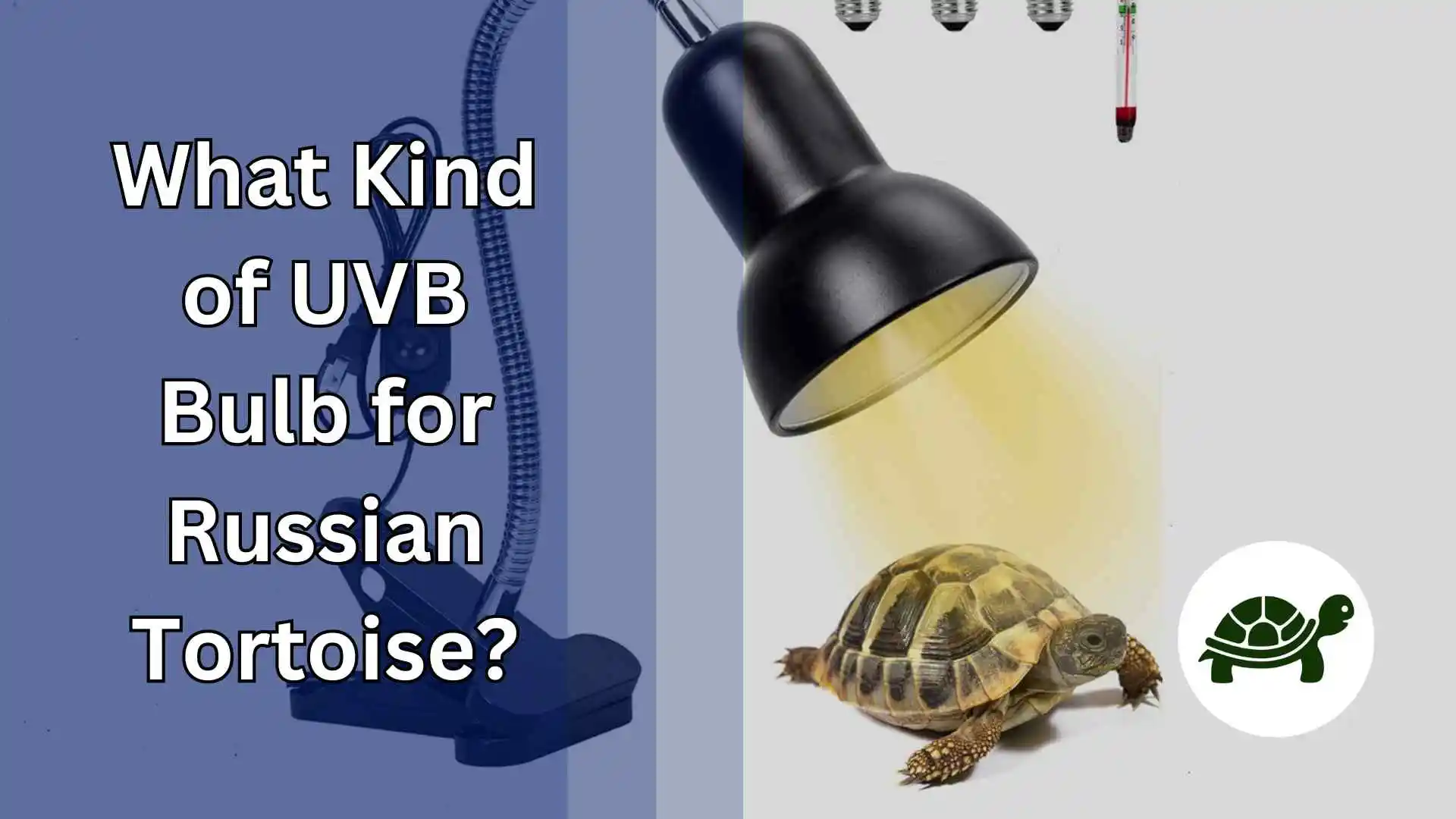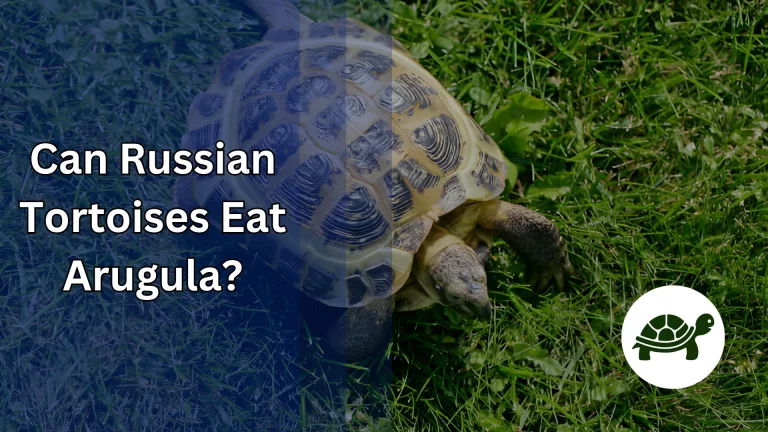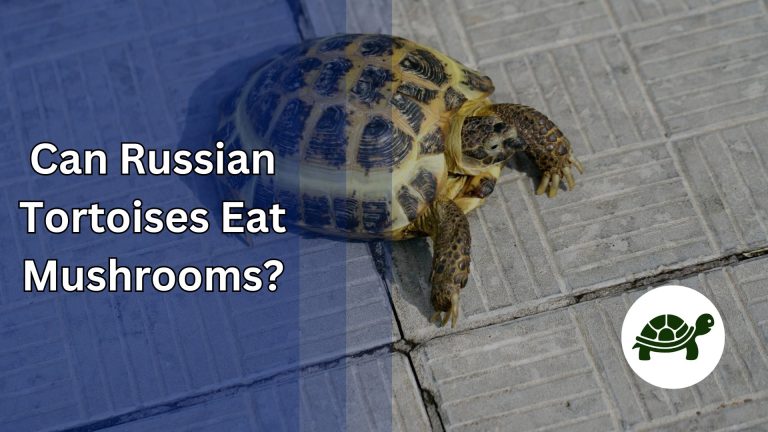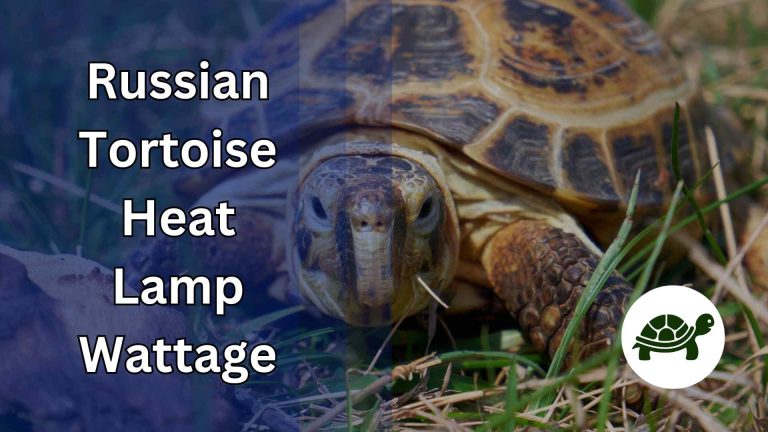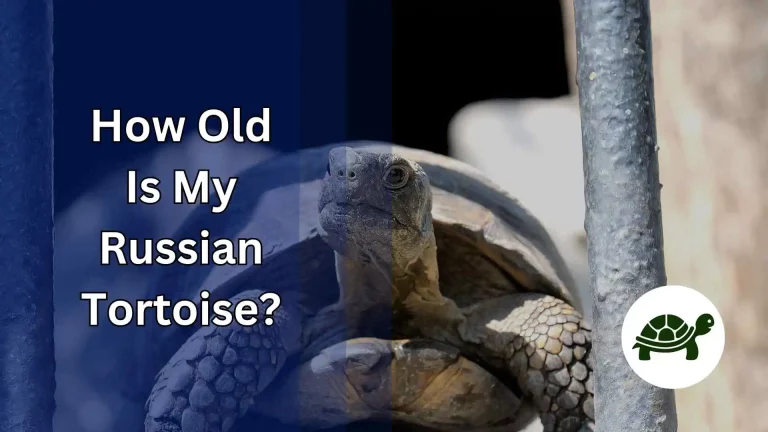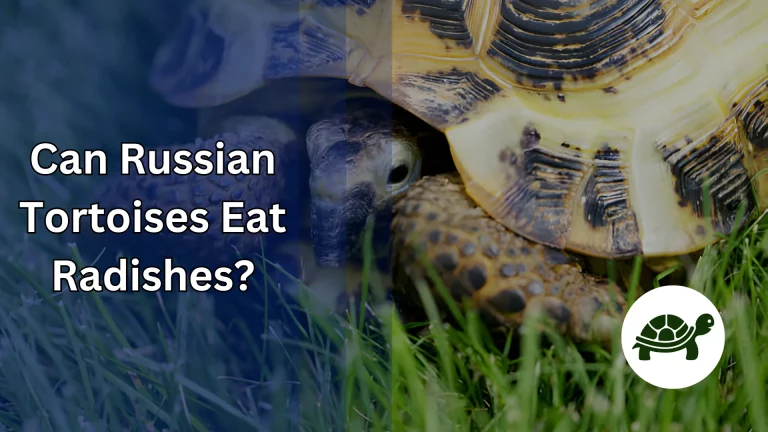What Kind of UVB Bulb for Russian Tortoise? – All You Need To Know
The sun, with its captivating golden hue, does more than just light up our world. Its radiant warmth breathes life into countless beings, each relying on its nourishing touch in unique ways. For reptiles, this relationship with sunlight is intimate and vital. The resilient Russian tortoise, for instance, draws not just warmth but also essential health benefits from the sun’s rays, making sunlight indispensable to its existence.
However, when these majestic creatures find themselves in captivity, direct access to the sun’s nurturing glow can often be limited. Here lies the challenge: replicating the benefits of natural sunlight within an enclosed habitat. The solution? UVB lighting. More than just a substitute, the right UVB light can mimic the sun’s beneficial properties, providing the much-needed UVB rays that are pivotal for the tortoise’s health, particularly in aiding the synthesis of Vitamin D3 and ensuring strong bone and shell development.
As a dedicated and responsible pet owner, your quest is to uncover the best UVB bulb options for your Russian tortoise. It’s not merely about providing light; it’s about ensuring that every aspect of their environment mimics their natural habitat as closely as possible. Join us as we delve deep into the realm of UVB lighting, guiding you towards making the best choices for your cherished shelled companion’s health and happiness.
Why UVB Light is Essential for Russian Tortoises
Imagine a Russian tortoise basking in its natural habitat, absorbing the sun’s rays and lounging in its warmth. This isn’t just a leisurely activity—it’s a lifeline. UVB light, a component of sunlight, plays a pivotal role in the health of these resilient creatures.
For starters, UVB aids in the synthesis of Vitamin D3—a crucial element for any Russian tortoise. With the help of Vitamin D3, tortoises can efficiently absorb and metabolize calcium, an essential mineral for bone and shell health. Without adequate UVB exposure, our shelled friends might suffer from metabolic bone disease, a debilitating condition marked by soft shells and skeletal deformities.
But there’s more to UVB than just Vitamin D3 synthesis. UVB lighting also influences the behavior and circadian rhythms of Russian tortoises. This ensures they remain active, engage in regular feeding, and maintain healthy sleep patterns. In the absence of natural sunlight, as in captivity, UVB bulbs bridge this vital gap, ensuring our tortoises thrive, bask, and flourish as nature intended.
Different Types of UVB Bulbs
Stepping into the world of UVB lighting can feel like unearthing a hidden treasure trove—so many options, each with its own set of unique benefits. For the Russian tortoise’s optimal health, it’s essential to understand the different types of UVB bulbs available and determine the best fit for your reptile’s habitat.
Compact Fluorescent Lights (CFL)
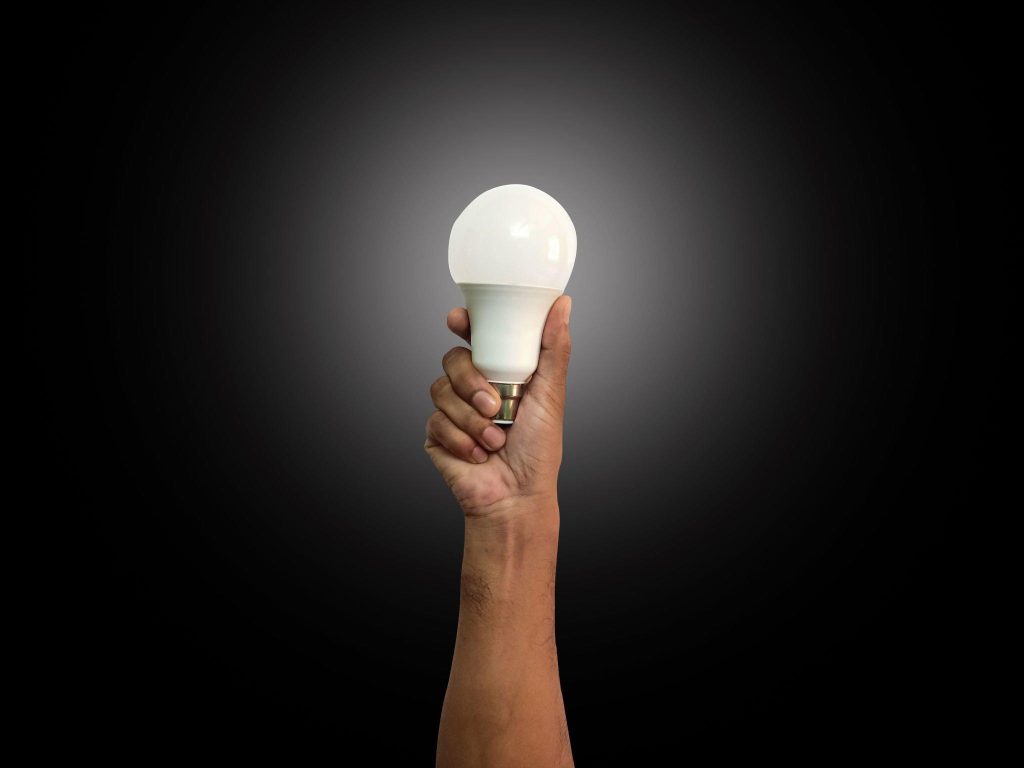
Compact in name and nature, CFL bulbs are perfect for smaller enclosures or setups where space is at a premium. These energy-efficient bulbs provide a decent UVB output, ensuring your Russian tortoise gets its essential dose of Vitamin D3. However, one downside is their limited coverage area, so they might not be ideal for expansive habitats.
Mercury Vapor Bulbs (MVB)
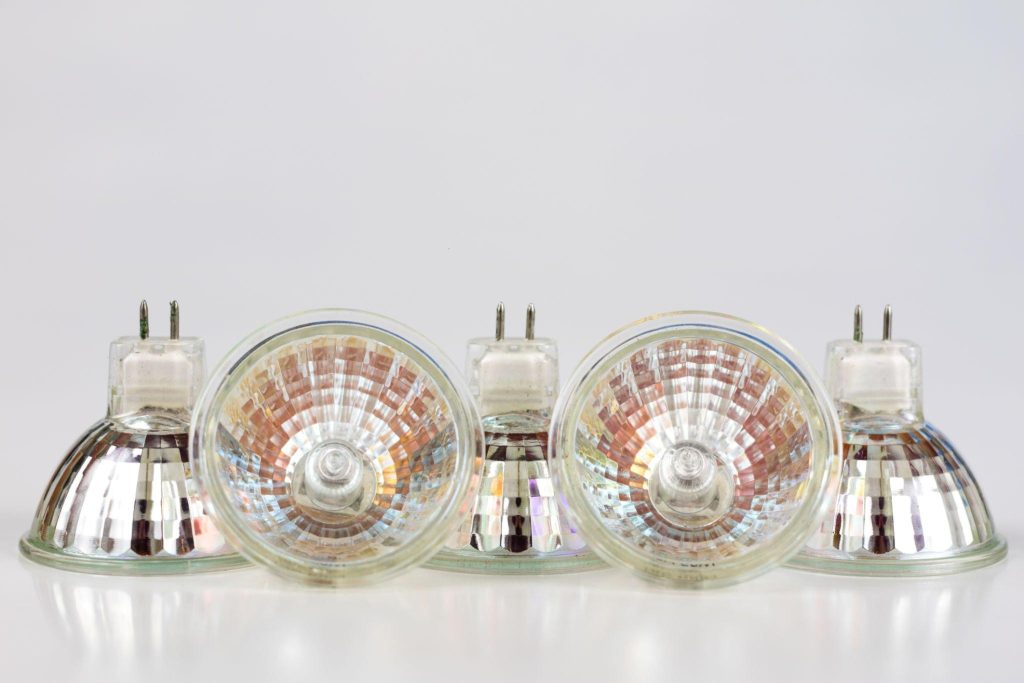
The MVB is like the Swiss Army knife of reptile lighting. It doesn’t just provide UVB light but also emits heat, making it a two-in-one solution for your tortoise’s basking needs. They have a longer lifespan and excellent UVB penetration. Yet, keep in mind, due to their heat output, it’s crucial to monitor the temperature to prevent overheating.
T5/T8 Tube Lights
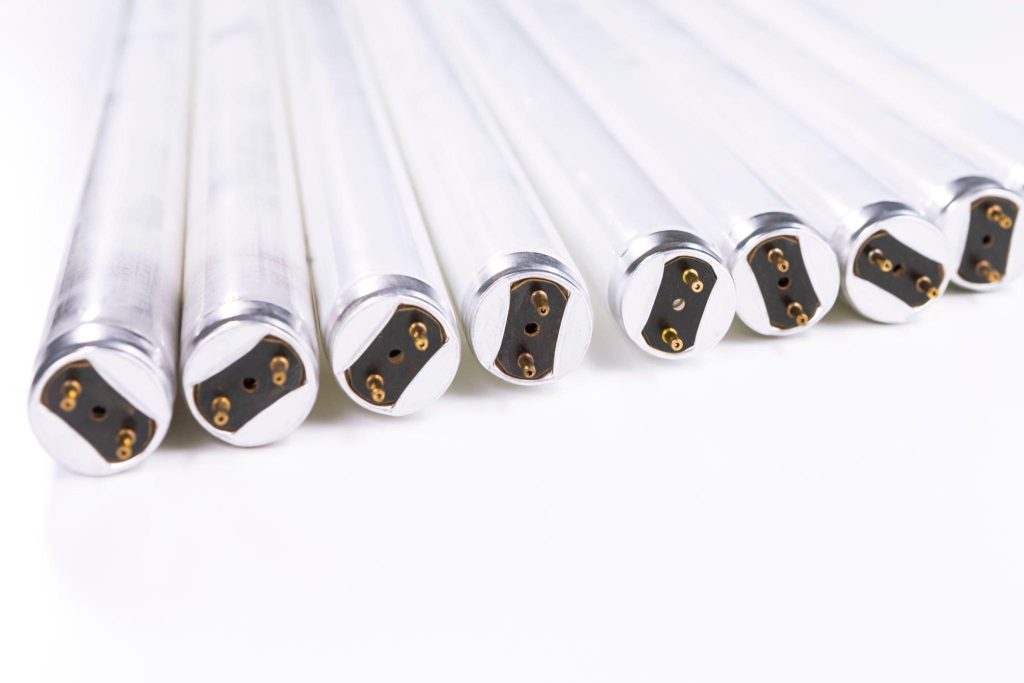
Long, sleek, and efficient, T5 and T8 tube lights are often the go-to for seasoned reptile enthusiasts. Their elongated design means they offer a broader coverage area, ensuring every nook and cranny of your Russian tortoise’s enclosure receives the UVB light it requires. When mounted correctly, they can mimic the sun’s natural trajectory, creating a comfortable and natural environment for your pet.
As you dive deeper into the UVB lighting options, always consider your enclosure’s size, your tortoise’s specific needs, and the bulb’s features. After all, a well-lit habitat is a stepping stone to a healthy and happy Russian tortoise.
Features to Consider When Choosing a UVB Bulb
Picking the perfect UVB bulb for your Russian tortoise isn’t just a matter of grabbing the first one off the shelf. Like choosing a home or a vehicle, it requires careful consideration of features to ensure it’s a perfect fit. Here are the essential features to keep in mind:
UVB Output
Every UVB bulb comes with a specified UVB output, typically indicated as a percentage like 5.0% or 10.0%. While these numbers might seem arbitrary, they’re crucial. For Russian tortoises, a bulb with a moderate to high UVB output is ideal, ensuring they receive enough rays for effective Vitamin D3 synthesis.
Bulb Lifespan
All lights dim with time, and UVB bulbs are no exception. Some bulbs might last six months, while others can shine bright for over a year. It’s essential to consider a bulb’s lifespan and factor in how often you’ll need to replace it, both for convenience and to ensure consistent UVB exposure for your tortoise.
Coverage Area
Think of this as the bulb’s reach. Some bulbs, like CFLs, might have a narrower spread, ideal for compact spaces. In contrast, tube lights can illuminate larger enclosures, ensuring every inch is bathed in beneficial UVB rays. Match the bulb’s coverage area with your enclosure’s size to provide ample lighting.
Heat Emission
Some UVB bulbs, especially MVBs, emit heat alongside UVB rays. This can be a boon, creating a perfect basking spot for your Russian tortoise. However, it’s vital to monitor the temperatures. A bulb that provides both UVB and heat might eliminate the need for an additional heat lamp, but always ensure your tortoise isn’t getting too hot.
Cost and Brand Reliability
Like any product, UVB bulbs come at various price points. While it might be tempting to opt for a budget-friendly choice, remember that quality often correlates with cost. Investing in a reputable brand can provide peace of mind, knowing your Russian tortoise is basking under a reliable and safe light source.
With these features in mind, you’re better equipped to navigate the UVB bulb market. Remember, the goal is to recreate the natural environment as closely as possible, ensuring your Russian tortoise thrives in its home away from home.
Positioning Your UVB Light
Finding the perfect UVB bulb for your Russian tortoise is just the first step. Where and how you position this bulb can make all the difference between a sun-soaked paradise and a shadowy corner. Just as in the wild, where the sun’s angle, intensity, and duration change, in captivity, the right UVB light positioning is key to replicating that natural ambiance.
Ideal Distance from the Tortoise
UVB rays diminish in intensity the further they travel. To ensure your Russian tortoise receives the optimal amount, the bulb should typically be positioned 10 to 12 inches above the basking area. However, always refer to the manufacturer’s guidelines, as bulb strength can vary.
Ensuring Full Enclosure Coverage
While it’s vital for your tortoise to have a well-lit basking zone, it’s equally important that the rest of the enclosure receives UVB exposure. This mimics their natural habitat, allowing them the freedom to move and bask as they please. Tube lights, given their length, can be especially effective at ensuring even light distribution.
Avoiding Obstructions
Ever noticed how sitting behind a window reduces the sun’s warmth? The same goes for UVB light passing through obstructions like mesh screens or plastic covers. Always position the bulb in a way that allows unfiltered light to reach your Russian tortoise. If a mesh is unavoidable, consider using a bulb with a higher UVB output to compensate for the loss.
Remember, the sun never stands still, and while we can’t replicate its celestial dance in captivity, we can ensure our tortoises enjoy consistent, well-distributed UVB exposure. By taking the time to position your UVB light correctly, you’re gifting your Russian tortoise with a slice of their natural world, right in your living room.
Frequently Asked Questions (FAQs)
The world of UVB lighting can sometimes feel like a maze with its plethora of options and guidelines. To make your journey easier, we’ve addressed some of the most common questions posed by Russian tortoise owners like yourself:
1. How often should I replace the UVB bulb for my Russian tortoise?
Most UVB bulbs lose their efficacy over time, even if they still produce visible light. Typically, it’s advisable to replace them every 6 to 12 months, depending on the bulb type. Always monitor your bulb’s performance and consult the manufacturer’s recommendations.
2. Can I use regular household bulbs for my Russian tortoise?
While household bulbs might illuminate your tortoise’s enclosure, they don’t emit the essential UVB rays required for Vitamin D3 synthesis. It’s crucial to invest in a dedicated UVB bulb to ensure your tortoise’s health and well-being.
3. How many hours of UVB light does a Russian tortoise need daily?
A Russian tortoise should ideally receive 10-14 hours of UVB exposure during the summer months and around 8-10 hours during the winter. This mirrors their natural light exposure in the wild, ensuring they maintain a healthy sleep-wake cycle.
4. Is it safe to leave the UVB light on 24/7?
Continuous exposure to UVB light can be stressful and harmful to your tortoise. It’s essential to mimic a natural day-night cycle, allowing them periods of rest without UVB exposure. Investing in a timer can help automate this process, ensuring consistent lighting patterns.
5. What happens if my Russian tortoise doesn’t get enough UVB?
Insufficient UVB exposure can lead to metabolic bone disease, characterized by weak bones and a soft shell. Additionally, a lack of UVB can disrupt their circadian rhythms, potentially leading to irregular feeding and activity patterns.
By staying informed and proactive, you can address any UVB-related concerns and ensure your Russian tortoise thrives in its captive environment.
Conclusion
The radiant dance of sunlight, with its life-sustaining UVB rays, plays an undeniably pivotal role in the health of our beloved Russian tortoises. In captivity, replicating this natural phenomenon becomes our responsibility. By investing in the right UVB bulb, positioning it thoughtfully, and staying informed about its intricacies, we can recreate a slice of their native habitat, ensuring they thrive and dazzle in their resilience and beauty.
For every Russian tortoise owner, understanding UVB lighting isn’t just about ticking a box in their care checklist. It’s a commitment to their well-being, a promise to provide a life filled with warmth, health, and happiness. Here’s to many sun-soaked days ahead for your shelled companion!

